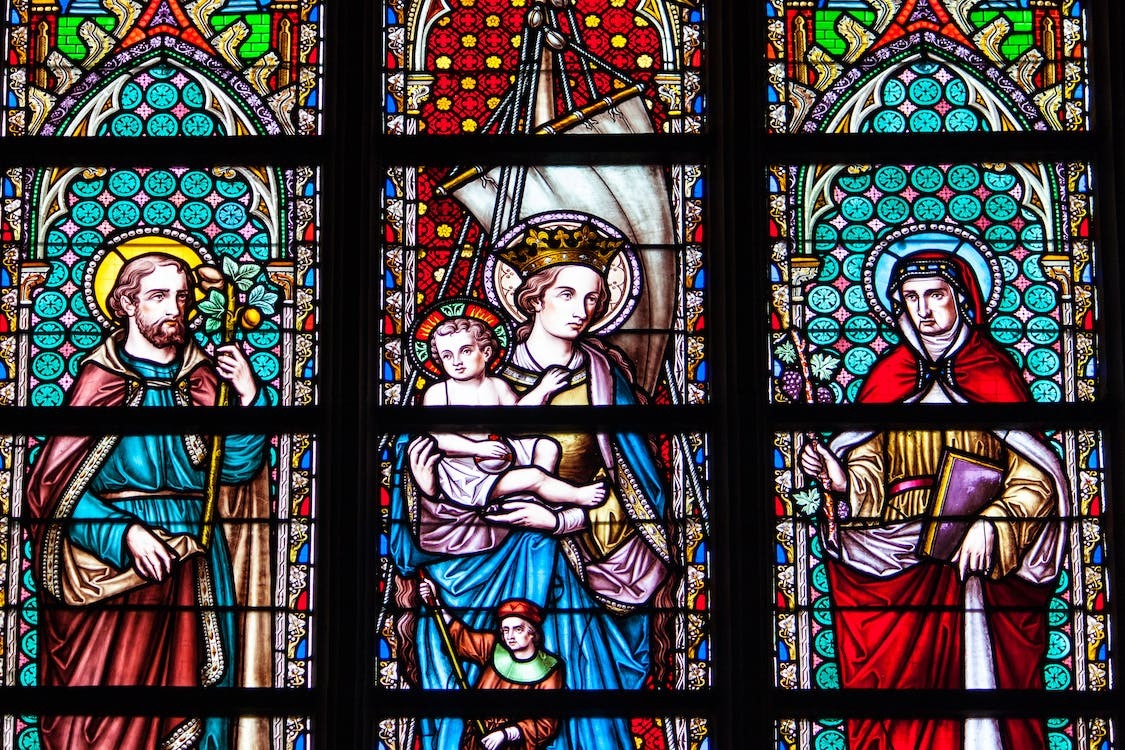Selling stained glass from the Early Renaissance era is both an art and a science. These works are not just decorative elements — they are historical treasures that reflect the cultural, religious, and artistic movements of the 14th to 16th centuries. If you want to Sell stained glass from this period successfully, you must combine historical knowledge, market expertise, and professional presentation to attract serious buyers and secure the best price.
Understanding Early Renaissance Stained Glass
Before you sell stained glass from the Early Renaissance era, it’s important to recognize its defining characteristics. This period saw a transition from the medieval style’s heavy symbolism to more naturalistic and human-centered designs. The glass often features vivid colors, intricate leadwork, and finely painted details depicting biblical scenes, portraits, and decorative motifs.
Why Collectors Value Early Renaissance Pieces
- Historical Significance – These panels connect to one of the most influential artistic movements in history.
- Masterful Craftsmanship – Artists of the time used advanced glassmaking and painting techniques.
- Rarity – Surviving panels are scarce, making them highly collectible.
- Cultural Heritage – Many pieces were originally installed in cathedrals, chapels, and wealthy estates.
Choosing the Right Venue to Sell
When deciding how to sell stained glass from the Early Renaissance era, selecting the right sales channel is crucial to reaching serious collectors and institutions.
Specialized Auction Houses
These venues have expertise in fine art and historical artifacts, ensuring your stained glass is marketed to the right audience. Auctions can spark competitive bidding, often driving up prices.
Private Collectors and Museums
Approaching collectors and museum curators directly can lead to private, high-value sales, especially if the stained glass has strong provenance.
High-End Online Marketplaces
Select online platforms cater to fine art and antique buyers. These marketplaces offer global exposure but require detailed descriptions, professional photography, and careful shipping arrangements.
Preparing Early Renaissance Stained Glass for Sale
To sell stained glass from this era effectively, preparation is key. Buyers at this level expect authenticity, detailed documentation, and impeccable presentation.
Documenting Provenance
Provide historical records, prior sales documents, or scholarly research that verify the piece’s authenticity and origin.
Expert Appraisal
Work with an appraiser who specializes in Renaissance art or stained glass. Their report will help establish a realistic and justifiable price.
Professional Conservation
If the glass needs cleaning or stabilization, hire a qualified conservator. Even minor damage can impact value, so handling by experts is essential.
Legal and Ethical Considerations
Selling stained glass from the Early Renaissance era involves responsibilities. Many countries have cultural property laws that regulate the sale and export of significant artworks.
Verify Legal Ownership
Ensure the glass was obtained legally and that there are no restrictions on its sale.
Respect Cultural Heritage
When you sell stained glass of historical importance, prioritize buyers who will preserve its integrity, such as museums or serious collectors.
Marketing Your Stained Glass for Maximum Value
The way you present and promote your stained glass can greatly influence its final selling price.
Professional Photography
Capture both the full panel and close-up details to show off the craftsmanship, color, and design.
Engaging Descriptions
Go beyond basic details — share the historical context, artistic style, and any unique features. Buyers often pay more for a piece with a compelling story.
Targeted Promotion
Reach out directly to institutions, art advisors, and collectors with a known interest in Renaissance art. Personalized contact can lead to faster, higher-value sales.
Negotiating and Closing the Sale
When you sell stained glass from the Early Renaissance era, be prepared for negotiations. Use appraisals, provenance, and comparable sales data to support your asking price. Once an agreement is reached, ensure secure payment and arrange professional packing and transportation.
Conclusion
To successfully sell stained glass from the Early Renaissance era, you need a strategic combination of historical knowledge, targeted marketing, and careful handling. By documenting its provenance, choosing the right sales platform, and presenting it professionally, you can attract the most qualified buyers and achieve top value. The right approach ensures that your stained glass will not only be appreciated for its beauty but also preserved as a vital piece of art history for generations to come.
